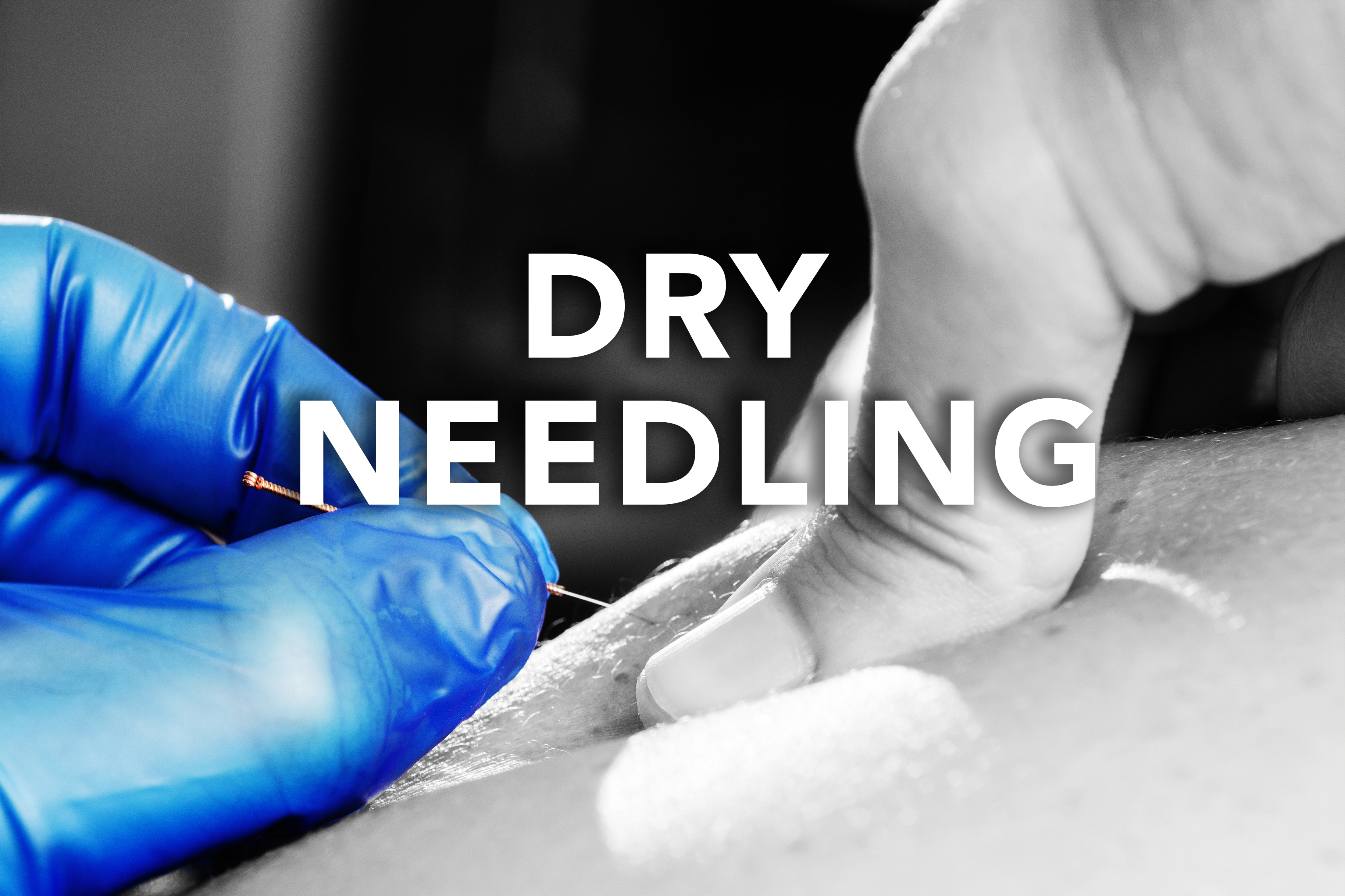Dry Needling
Posted by Dani Kinn on Sep 12th 2018
Hey y’all! I have been seeing a physical therapist for the last few months due to shoulder and lower back pain. She recently introduced me to dry needling and I am now a huge fan! I have been working as a full-time dental hygienist for 10 years now and being hunched over patients all day, along with strength training is taking a toll on my body. Dry needling has been giving me some relief so I wanted to share some information on it!
Dry needling is a technique physical therapists use for the treatment of pain and movement impairments. It involves using a “dry” needle (one without medication or injection). The needle is inserted through the skin into areas of the muscle. This is not the same as acupuncture. To elaborate on the needles- they are thin, stainless steel, and filiform. They do penetrate the skin and helps to stimulate underlying myofascial trigger points (which feels AMAZING, in my opinion) and muscular connective tissue. A trigger point is a taut band of skeletal muscle located within a larger muscle group. They are usually tender to touch and can cause pain to other parts of the body. The needle allows a physical therapist to target tissues that are not manually palpable.
When an injury occurs from repetitive use or acute trauma, inflammation will occur from the damaged tissue. The damaged tissue then goes into a protective state of tension or contracture to try to keep from further damaging the tissue. This can limit blood flow going to the site and waste products from leaving. The injury site can start to buildup scar tissue, limiting the tissues ability to fully function and can cause compression and irritation of nerves.
The goal of dry needling is to release or inactivate trigger points to relieve pain, muscular tension and spasm, or improve range of motion. Dry needling can not only improve pain control and reduce muscle tension, but it can also normalize dysfunctions of motor end plates, which are the sites at which nerve impulses are transmitted to muscles. This helps speed up the patients return to normal, active rehabilitation. Easing trigger points can also improve flexibility.
Dry needling is known to help with conditions such as neck and back pain, shoulder pain, Tennis/Golfers elbow, headaches, and hip and gluteal pain. It can also help knee pain, Achilles tendonitis, plantar fasciitis, sciatica, and muscular strains/ligament sprains. Last but not least, it can help with chronic pain and help improve athletic performance.
Mild side effects can include bruising, bleeding, and temporary soreness. I’ve experienced tiny bruising and very mild soreness (totally worth it). If non-sterile needles are used, you would be at risk for contracting blood-borne illnesses, infection, and disease. If your practitioner is not using sterile needles or gloves, RUN! Of course, you are wondering how bad this hurts…
You may or may not feel the insertion of the needle. My back/shoulders were so tight that I couldn’t feel the needles going in at all the first few weeks. The specific needle manipulation is intended to produce a local twitch response that can elicit a very brief painful response that some have described as a deep ache or cramping sensation. Everyone has a different pain tolerance, of course, but I would not describe this as a painful procedure at all! Let me know if you’ve had any experiences with dry needling and how you liked it!

